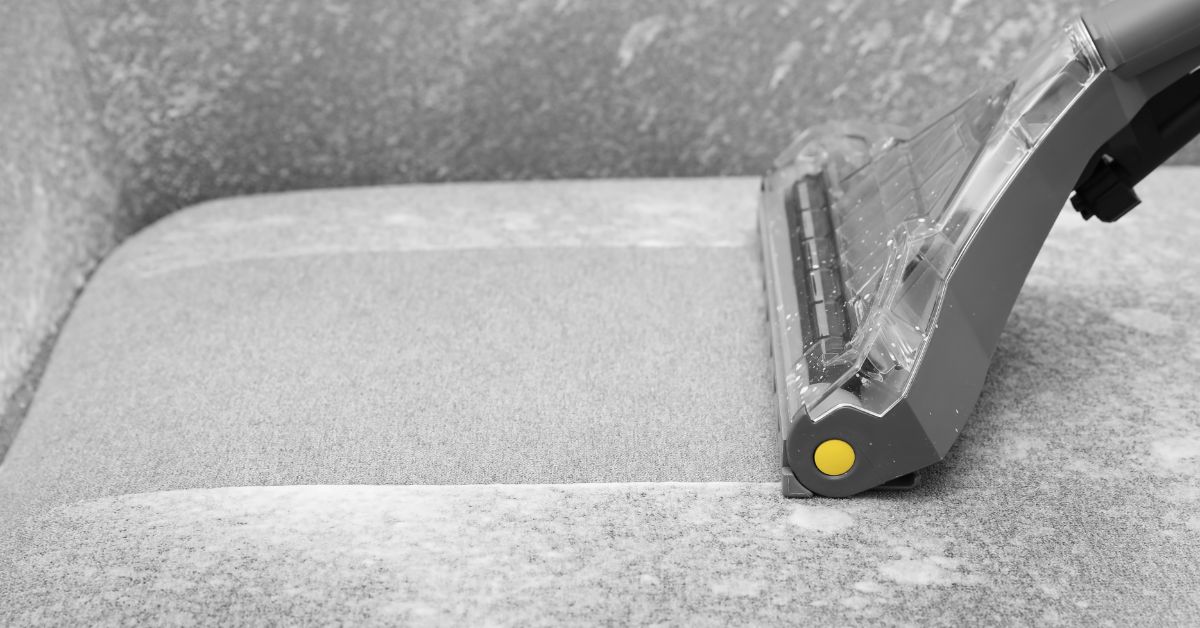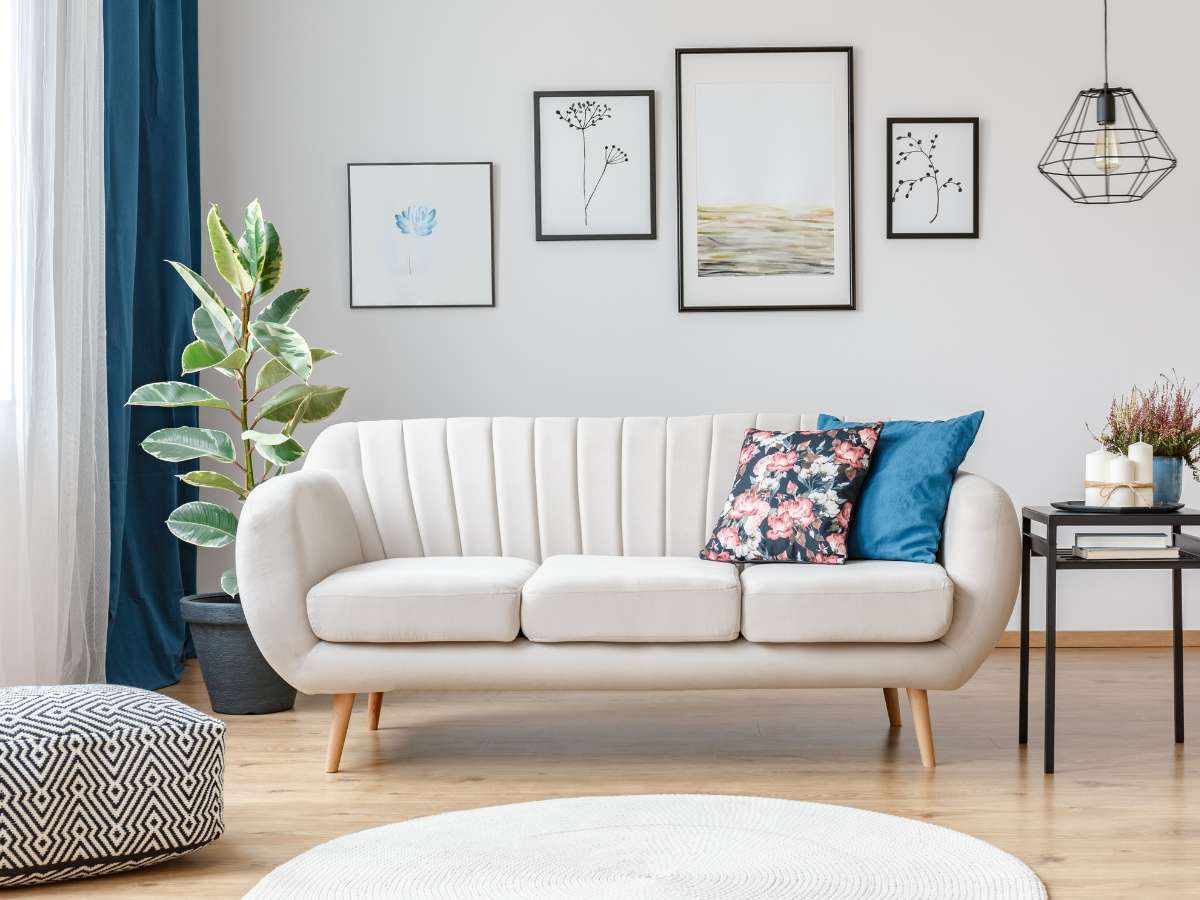How to Choose the Right Upholstery Fabric for Your Furniture
by Amy Meinecke
06 10, 2024 | Posted in Upholstery Care | 0 comments
Selecting the perfect upholstery fabric is a crucial decision when it comes to furnishing your home. It involves more than just picking a color that matches your décor; you also need to consider durability, maintenance, and style. Whether you're reupholstering a cherished piece or buying new furniture, understanding the key factors in choosing the right fabric can make all the difference. Let’s delve into what you need to know to make an informed choice.
Understanding Fabric Durability
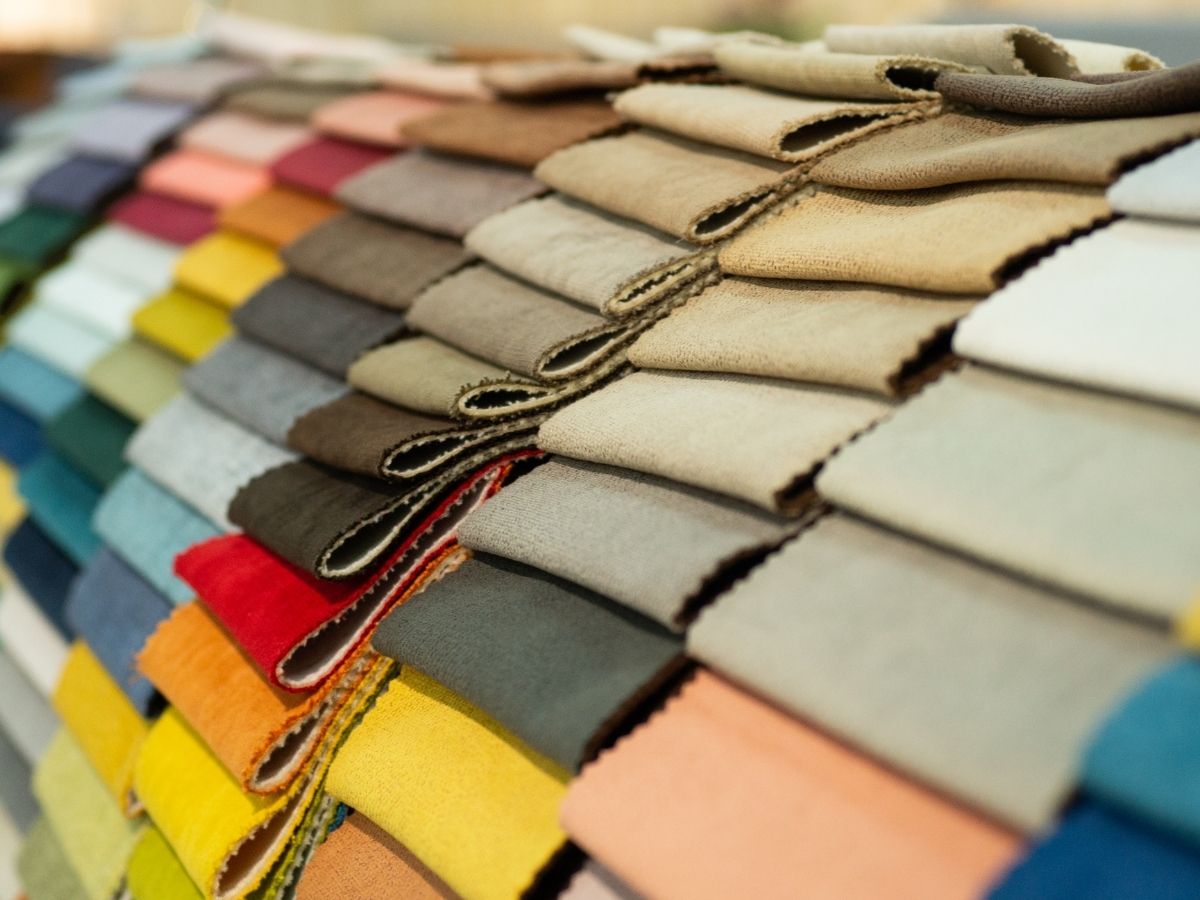 Consider Your Lifestyle
Consider Your Lifestyle
The first step in choosing upholstery fabric is considering your lifestyle. Do you have pets or children? Are you upholstering a piece of furniture that will be heavily used, such as a family room sofa, or something more decorative, like an occasional chair in a study? Performance fabrics might be ideal for family-friendly or high-traffic areas due to their superior stain resistance and durability.
Decoding Durability Metrics
Fabric durability is determined by how it holds up to wear and tear. Abrasion resistance is often tested by a method called double rubs, which is a back-and-forth motion that simulates the wear of someone sitting on upholstered furniture. Fabrics with higher double rubs are more durable. For residential use, look for fabrics rated over 10,000 double rubs suitable for heavy use.Choosing the Right Material
Natural vs. Synthetic Fabrics
- Natural Fabrics: Options like linen and leather are popular for their aesthetic and comfort. However, they may not always be the best choice for high-traffic areas as they can be less resistant to wear and stains.
- Synthetic Fabrics: Fabrics like microfiber and some synthetic leathers are engineered to withstand more significant wear and are easier to clean. They are particularly suitable for households with kids or pets due to their high durability and stain resistance.
Special Considerations for Allergies
For those with allergies, consider microfiber upholstery, which is lint-free and doesn't attract dust, making it easier to keep allergens at bay.Aesthetic Choices in Upholstery Fabrics
Color and Pattern
The color and pattern of your upholstery fabric can influence the look and feel of a room. Lighter colors make rooms feel larger, but they might not be the best choice for heavy-use furniture. Darker and patterned fabrics are more forgiving when it comes to hiding spills and stains. When selecting a pattern, consider the scale; it should be appropriate to the size of the furniture and the room.Texture and Style
The texture of the fabric can add a lot to the character of your furniture piece. Velvet can add a touch of luxury and softness, whereas leather can bring a sleek and modern vibe. Ensure the texture complements the style of the piece and fits with the room’s existing décor.Testing with Sample Swatches
Always ask for sample swatches of the fabric options you are considering. This way, you can see and feel the material in your home’s lighting and against other elements in your room.Frequently Asked Questions About Choosing Upholstery Fabric
1. What is the best upholstery fabric for pets?
Microfiber is highly recommended for households with pets. It’s durable and easy to clean, resisting both scratches and stains.2. How do I determine the right amount of fabric for reupholstery?
The amount of fabric needed depends on the size of the furniture and the pattern repeat of the fabric. It’s best to consult with a professional upholsterer to get an accurate estimate.3. What does the cleaning code on fabric labels mean?
The cleaning code indicates the best way to clean the fabric. For example, 'W' means it can be cleaned with water, 'S' indicates a solvent-based cleaner, and 'WS' means either method can be used.Dressing Your Furniture Right
Choosing the right upholstery fabric for your furniture involves balancing practicality with aesthetics. Whether you prioritize durability, ease of maintenance, or style, there’s a fabric out there that’s perfect for your needs. Consider all these factors carefully to ensure that you choose a fabric that looks great and stands up to the demands of your daily life. Ready to give your furniture a fresh new look or need more guidance on selecting the perfect upholstery fabric? Contact Window Works Studio today! Let our experts help you make the best choice that marries beauty with functionality.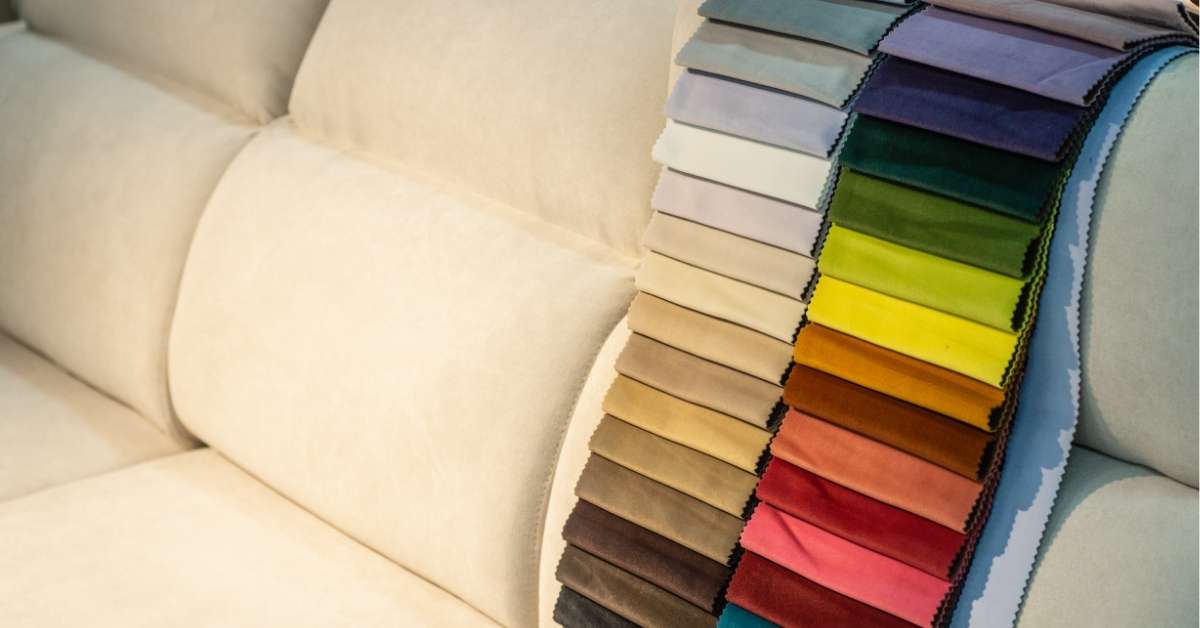
Mastering Upholstery Care: Tips for Long-Lasting Cleanliness and Elegance
by Amy Meinecke
01 29, 2024 | Posted in Upholstery Care | 0 comments
Properly caring for your upholstered furniture is essential for maintaining its beauty and longevity. With regular maintenance and by following some simple tips, you can keep your upholstery pristine for years.
The Best Practices for Routine Upholstery Care
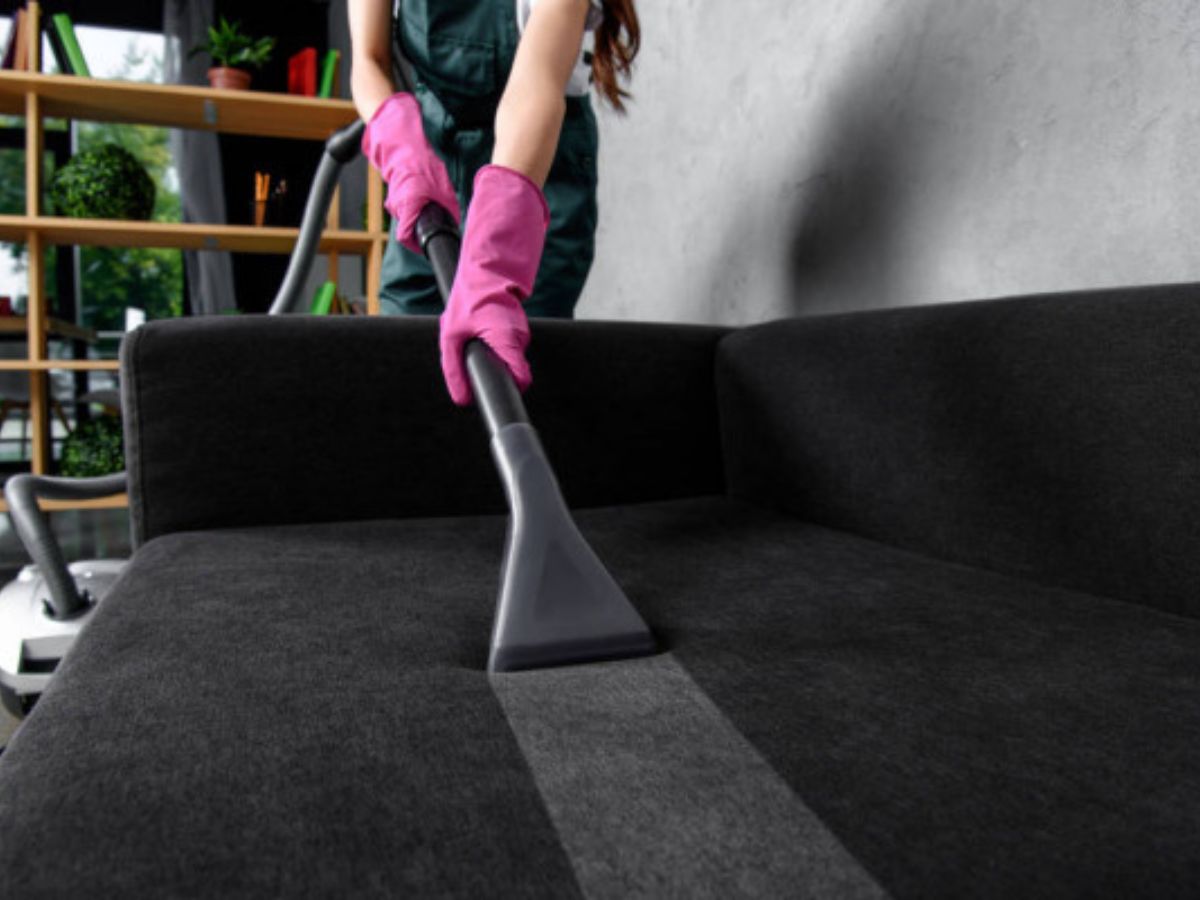 Establishing a regular cleaning routine is the most effective way to care for your upholstery. This involves simple tasks like vacuuming frequently, treating stains and spills promptly, and having your furniture professionally cleaned once or twice a year.
Establishing a regular cleaning routine is the most effective way to care for your upholstery. This involves simple tasks like vacuuming frequently, treating stains and spills promptly, and having your furniture professionally cleaned once or twice a year.
Vacuum Weekly
One of the easiest things you can do is vacuum your upholstered furniture at least once a week. This helps get rid of dust, dirt, and debris that can wear down fabric fibers over time. Use a soft brush attachment and check crevices to remove accumulated grime.Spot-Clean Spills and Stains
Don't let spills or stains sit - blot them immediately with a clean, absorbent cloth. For stubborn stains, use a mild soap and water solution, blotting gently from the edges inward to prevent rings. Avoid harsh scrubbing, which can damage the fabric.Professionally Clean Twice Annually
While routine care is important, professional deep cleaning services are recommended every 6-12 months to revive upholstery and extend its lifespan. Reputable providers use powerful equipment and eco-friendly solutions to thoroughly clean in a way that’s difficult to achieve at home.Revitalizing Neglected or Heavily Soiled Upholstery
If upholstery has been neglected or subjected to heavy soiling, it may require some rehabilitative care to restore its appearance and durability. Here are some tips:Pre-Treat Set-In Stains
Use a pre-treating product for challenging stains that routine spot cleaning won’t fix. Lightly spray on the stains, allow it to sit for 5-10 minutes, then blot with a clean cloth. This helps lift deep-set stains before steam cleaning.Deep Clean with Hot Water Extraction
Hot water extraction cleaning is the most effective way to revive heavily soiled upholstery, also called “steam cleaning.” Professional cleaners use truck-mounted equipment and specialized detergents to inject fabrics with hot, pressurized water to loosen dirt and stains, then extract everything with powerful suction. This deep clean rejuvenates tired, dirty upholstery.Consider Professional Upholstery Repair
If upholstery is severely stained, torn, or otherwise damaged, professional repair may be needed to restore it to its original beauty and function. Experts can patch tears, replace filling and batting, re-dye discolored areas, and more.Frequently Asked Questions About Upholstery Care
1. What is the best thing to clean upholstery with?
For routine cleaning, vacuum first, then spot clean with a mild soap and water solution applied with a soft sponge or lint-free cloth. Avoid household cleaners, which can damage fabrics.2. How can I make my upholstery last longer?
Frequent vacuuming, prompt stain removal, periodic professional cleaning, avoiding direct sunlight exposure, and applying protectants like Scotchguard will all help upholstery maintain its beauty and durability for years.3. What other maintenance does upholstered furniture need besides cleaning?
In addition to regular cleaning, here are some other maintenance tips for upholstered furniture:- Rotate cushions weekly to evenly distribute wear and flatten the filling
- Check for loose or damaged hardware like legs, arms, etc., and tighten or repair as needed
- Inspect seams and stitching for wear, fraying, or openings and re-sew as needed
- Apply fabric protectants like Scotchguard every six months to resist stains
- Avoid direct sunlight exposure, which can fade fabrics
- Fluff and rearrange cushions to prevent indentations
- Consider professional repairs for loose joints, damaged frames, lost cushion fill, etc.
Keep Your Upholstery Looking At Its Best
With some diligence regarding routine care and the occasional rejuvenating deep clean, your upholstered furniture can continue looking elegant and clean for years past its expected lifespan. For an even longer-lasting, like-new look, be sure to call in trusted professionals for repairs and restoration when needed. Your upholstery investment will pay dividends in lasting beauty and comfort with proper care. Contact the experts at Window Works Studio for help keeping your upholstery clean, revived, and damage-free. We're passionate about furniture care and upholstery cleaning. Call us today to schedule an appointment!